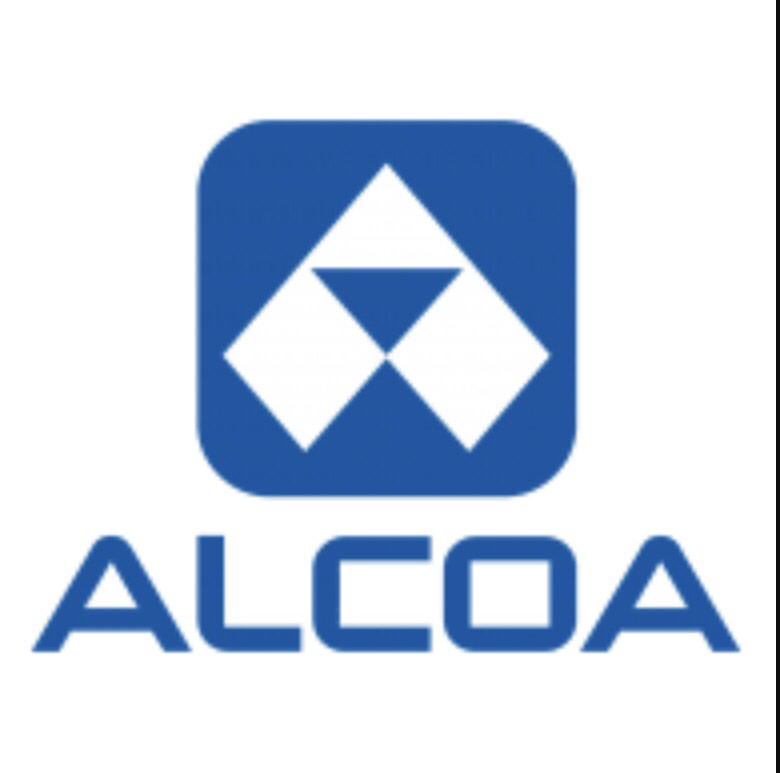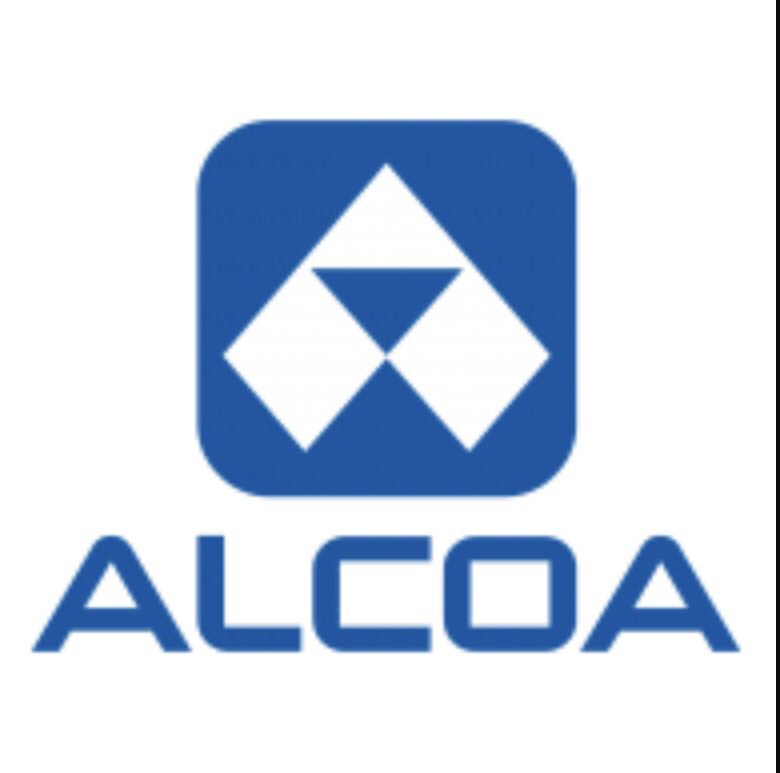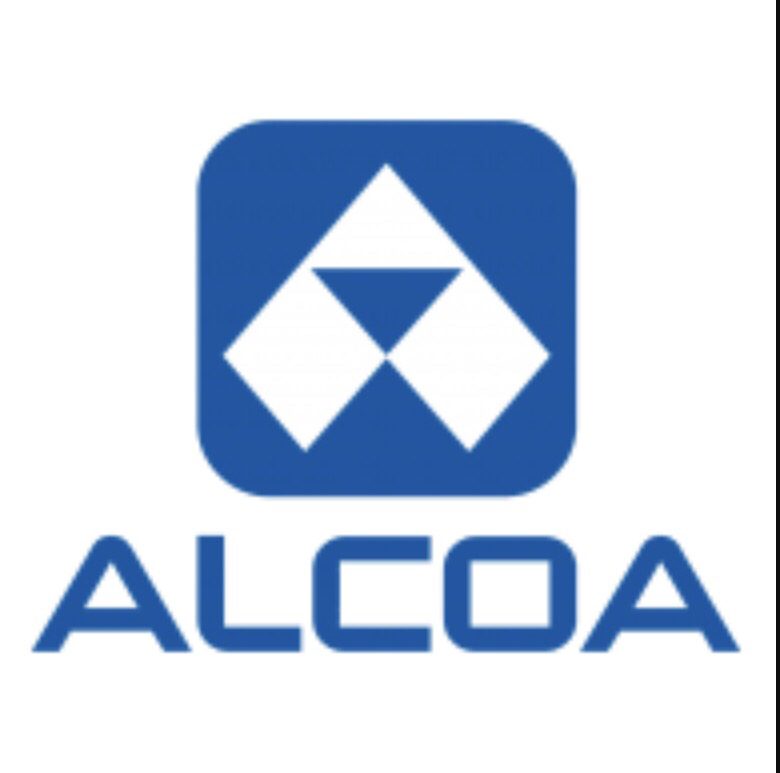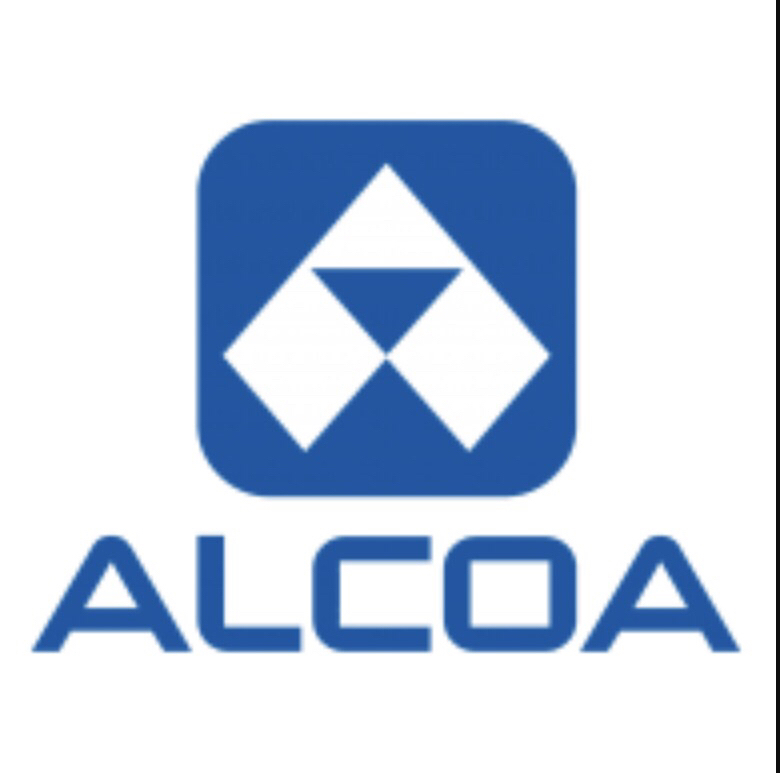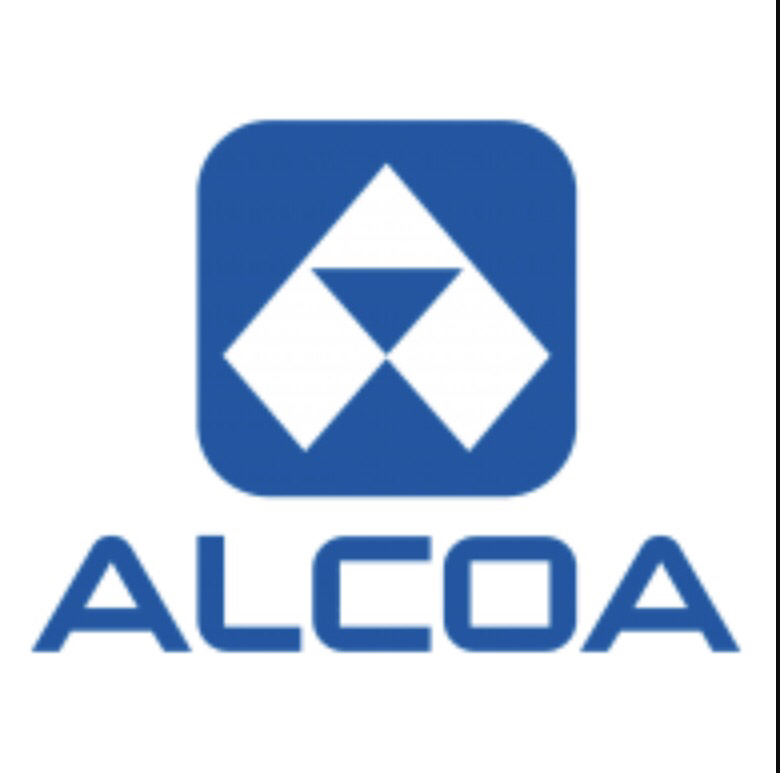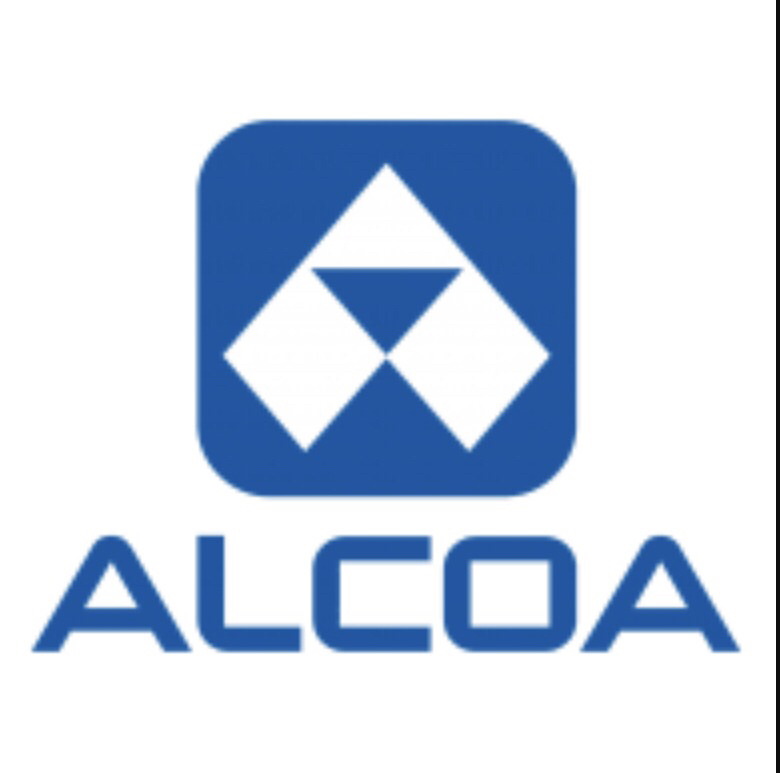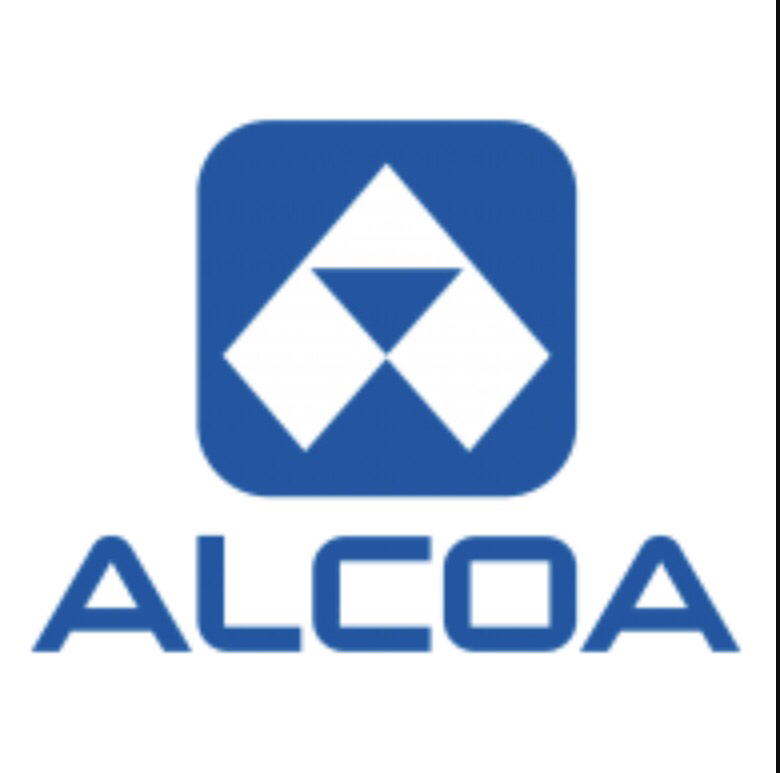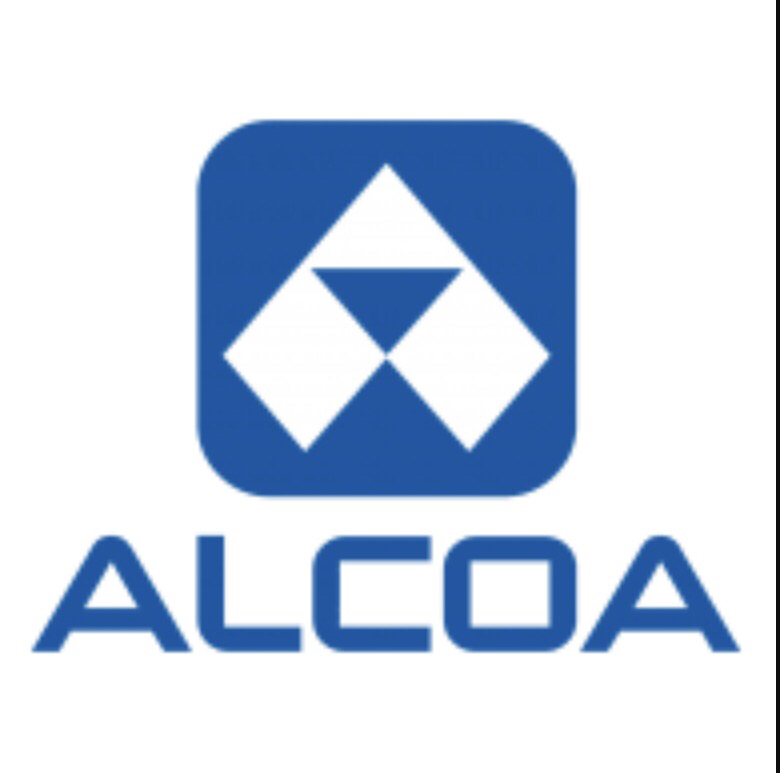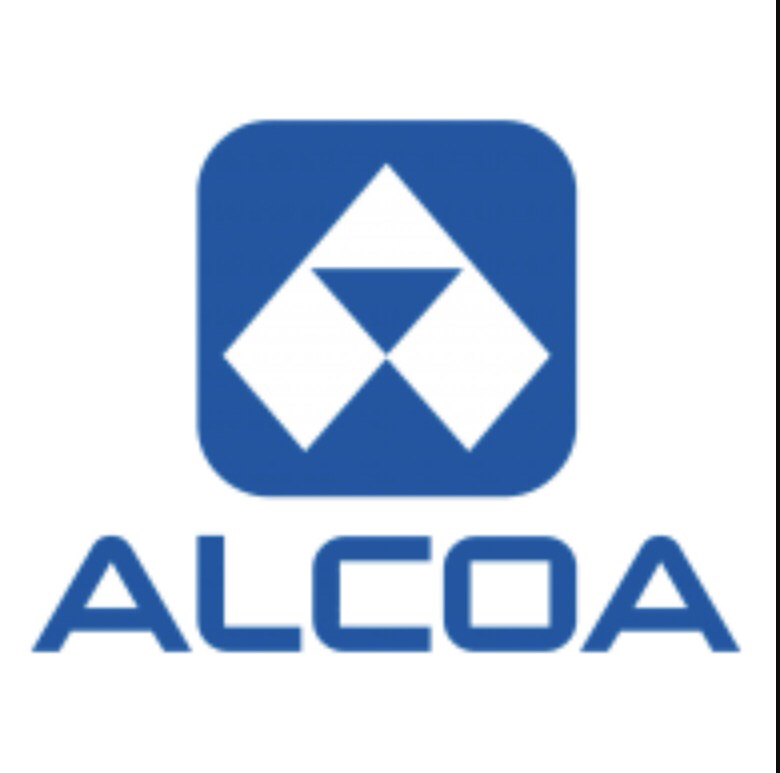Title Page
-
Document No.
-
Audit Title
-
Client / Site
-
Conducted on
-
Prepared by
-
Location
-
Personnel
-
Crane has been inspected in accordance with statutory requirements (with the previous 12 months) by a competent third party inspector, plant risk assessment is complete, maintenance log books are current (with no open safety related deficiencies), operators manual is present, load charts are present and legible. Limiting and indicating devices are fitted to mobile crane as required by AS1418.5. Load indicators are fitted to all mobile cranes with a rated capacity > 3 tons<br>Critical Risk Ref. 5.1
-
Limiting and indicating devices is fitted to the mobile crane, with load indicators fitted to with a rated capacity > 3 tons.<br>Critical Risk Ref. 5.3
-
Training and competency - crane operators and Perone slinging loads have appropriate licences and records or competence.<br> Critical Risk Ref. 5.5
-
Lifting gear - records indicate lifting equipment has been inspected by a trained and competent person on a quarterly basis. A system of inspection tagging (visual verification of inspection currency) and a register of lifting equipment shall be established. <br>Critical Risk Ref. 5.2
-
Lifting studies - all significant lifts (>20 ton, dual lifts, lift>75% of SWL based on the lifting configurations lifts over live plant) shall require "significant lift study" in accordance with EIMS 4-9871. Lifting studied to be performed by a competent person and approved by a person in authority at the project/site.<br>Critical Risk Ref. 5.7
-
Exclusions zones - for all significant lifts and for other lifts where practical, exclusion zones shall be established to ensure non-essential personnel are kept clear of the lifting area. The exclusion zone must be identified, installed and maintained prior to and throughout the lift. No work is permitted under suspended load. <br>Critical Risk Ref. 5.9<br>
-
Working near overhead electrical lines - crane operations within the vicinity of overhead electrical lines shall implement risk controls in accordance with the hierarchy of controls and compliant with EIMS 4- working near overhead electric lines including permit it required.
-
The type and weight of loads is confirmed and is less then the safe working load of the lifting device.<br>Critical Risk Ref. 5.6
-
Crane operator and dog man/rigger have effective communication processes in place.<br>Critical Risk Ref. 5.4
-
Loads capable of shifting until secured remained attached to the lifting device and tag lines, or are security propped or chocked until secured.<br>Critical Risk Ref. 5.11
-
Crane set up - mobile crane shall operate with outriggers deployed with timber or steel plate sections placed under outrigger foot pads. Ground conditions shall be assessed to determine adequate to support the load. Tag lines to be deployed and utilised to safely control and position loads.<br>Critical Risk Ref. 5.10
-
Ground conditions have been assessed by a competent person to determine the controls for ensuring the stability of the lift.<br>Critical Risk Ref. 5.8






